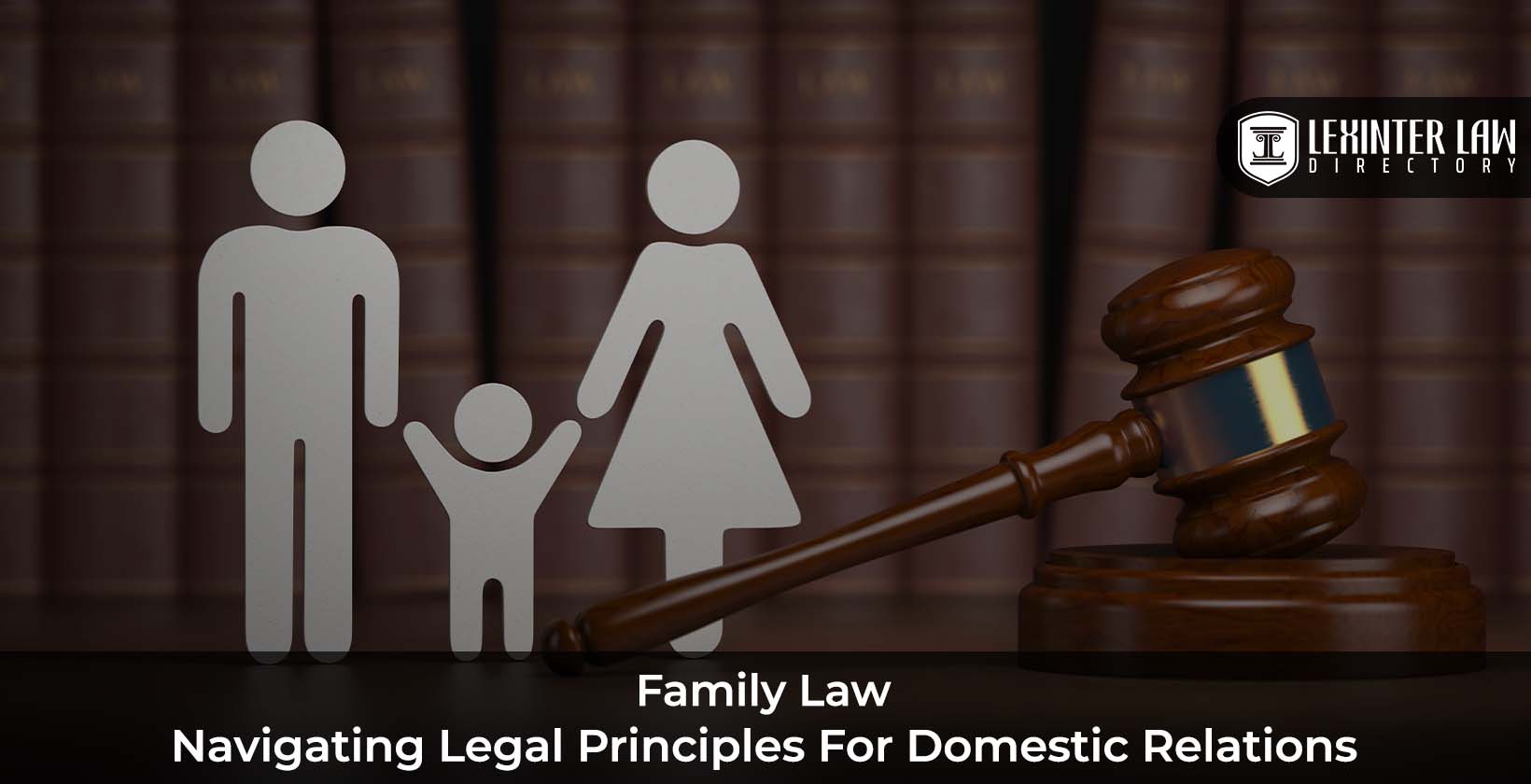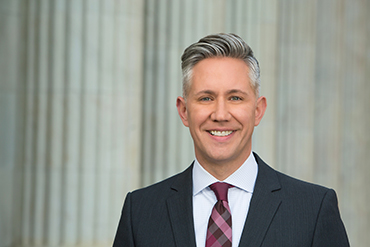Introduction
Car accidents are stressful and traumatic experiences, but they can be even more frustrating if you’re not at fault. After all, you’ve been injured and your property has been damaged through no fault of your own. What can you do? Where can you turn? Well, you’re not alone. Millions of people are involved in car accidents each year, and many of them are not at fault. If you’ve been in a car accident and you’re not at fault, there are some important things you need to know.
First, you need to seek medical attention. Even if you don’t feel like you’re injured, it’s important to get checked out by a doctor. Some injuries, such as whiplash, may not show up right away. Second, you need to report the accident to your insurance company. Your insurance company will be able to help you file a claim and get your car repaired or replaced. Third, you may want to consider hiring an attorney. An attorney can help you protect your rights and get you the compensation you deserve.
Car Accident Not at Fault: What You Should Do
If you’ve found yourself in a car accident that wasn’t your fault, you’re likely feeling shaken up and unsure of what to do next. Don’t worry, you’re not alone. Millions of people are involved in car accidents each year, and many of them are not at fault. The key is to stay calm and take the following steps to protect yourself and your rights.
Steps to Take After a Car Accident
If you’re in a car accident, it’s important to stay calm and take the following steps:
1. Stay Calm and Check for Injuries
The first thing you should do is stay calm and assess the situation. Check yourself and your passengers for injuries. If you or anyone else is injured, call 911 immediately.
2. Call the Police and Report the Accident
Once you’ve checked for injuries, call the police and report the accident. The police will create a report that will document the accident and provide you with a copy. This report will be important for your insurance claim.
3. Exchange Information with the Other Driver
Once the police have arrived, exchange information with the other driver(s) involved in the accident. This includes your name, address, phone number, insurance information, and license numbers. Take photos of the driver’s licenses and insurance cards.
4. Gather Evidence
In addition to exchanging information with the other driver(s), you should also gather as much evidence as possible. This includes taking photos of the accident scene, getting the names and contact information of any witnesses, and writing down your own account of what happened.
5. Seek Medical Attention
Even if you don’t feel injured, it’s important to seek medical attention after a car accident. Some injuries, such as whiplash, may not show up immediately. Getting checked out by a doctor will help ensure that you don’t have any hidden injuries.
6. Contact Your Insurance Company
Once you’ve taken care of your immediate needs, contact your insurance company to report the accident. Your insurance company will be able to help you file a claim and get your car repaired or replaced.
7. Hire an Attorney
If you’ve been injured in a car accident that wasn’t your fault, you may want to consider hiring an attorney. An attorney can help you protect your rights and get you the compensation you deserve.
Car Accident Not at Fault: What to Do Next
Being involved in a car accident is a stressful experience, but it’s especially frustrating when you’re not at fault. Here’s a comprehensive guide to help you navigate the aftermath of a car accident that wasn’t your fault.
Documenting the Accident
Documenting the accident is crucial for your insurance claim and potential legal action. Start by taking pictures of the damage to both vehicles, the accident scene, and any visible injuries you or your passengers may have sustained. These photos will serve as valuable evidence down the line.
Next, call the police and file a police report. The report will provide an official record of the accident, including the other driver’s information and the circumstances of the crash. It’s also essential to exchange information with the other driver(s), such as their name, address, phone number, and insurance policy details.
Reporting to Your Insurance Company
Contact your insurance company as soon as possible after the accident. They will assign you a claims adjuster who will guide you through the process of filing a claim and getting your car repaired or replaced. Be sure to provide the insurance company with all the documentation you have gathered, including the police report, photos, and any medical records.
Filing a Claim with the At-Fault Driver’s Insurance
Since you’re not at fault, you can file a claim with the other driver’s insurance company. This may involve additional paperwork and communication with their insurance adjuster. Be prepared to provide evidence of the other driver’s fault, such as the police report and eyewitness statements.
Getting Medical Attention
Even if you don’t feel injured, it’s important to get medical attention after a car accident. Some injuries, like whiplash, may not manifest until days or weeks later. A thorough medical examination will document your injuries and ensure you receive proper treatment. Keep all medical records for insurance and legal purposes.
Hiring an Attorney (Optional)
In some cases, you may consider hiring an attorney to represent you. An attorney can help you negotiate with the insurance companies, protect your rights during any potential legal proceedings, and ensure you get公平 compensation for your injuries and damages.
Remember, staying calm, documenting the accident thoroughly, and seeking professional help are key to protecting your rights after a car accident that wasn’t your fault. By following these steps, you can minimize the stress and hassle associated with such an unfortunate event.
What Should I Do if I’m Not at Fault for a Car Accident?
Being in a car accident is never fun, but it’s especially frustrating when you’re not at fault. If you find yourself in this situation, it’s important to know what to do to protect your rights and get the compensation you deserve.
Document the Accident
The first thing you should do after a car accident is to document the accident. This includes taking photos of the damage to both vehicles, getting the names and contact information of any witnesses, and writing down a detailed account of what happened. If possible, you should also get a copy of the police report.
Contacting Your Insurance Company
After documenting the accident, you should contact your insurance company and file a claim. Your insurance company will investigate the accident and determine who is at fault. If you are not at fault, your insurance company will work to get you compensated for your damages.
Filing a Lawsuit
If your insurance company is unable to get you compensated for your damages, you may need to file a lawsuit against the at-fault driver. This is a more complex and time-consuming process, but it may be necessary to get the compensation you deserve.
Getting Legal Help
If you are not sure what to do after a car accident, it is important to get legal help. An experienced personal injury attorney can help you understand your rights and options, and can guide you through the process of filing a claim or lawsuit.
## Additional Tips
Here are some additional tips for dealing with a car accident when you are not at fault:
- Stay calm and don’t admit fault.
- Get medical attention if you are injured.
- Cooperate with the police and insurance companies.
- Keep a record of all expenses related to the accident.
- Don’t sign anything without first talking to an attorney.
By following these tips, you can help protect your rights and get the compensation you deserve after a car accident.
Not at Fault in a Car Accident: What to Do
If you’re reading this, you may have found yourself in the unfortunate position of being involved in a car accident that wasn’t your fault. It can be a stressful and confusing experience, so we’ve put together this comprehensive guide to help you navigate the aftermath.
First and foremost, it’s crucial to ensure your safety and well-being. If there are any injuries, call emergency services immediately. Once you’re out of harm’s way, gather as much information as possible: exchange insurance details, take photos of the scene, and jot down the names and contact details of any witnesses.
Protecting Your Rights!
After the initial shock subsides, it’s time to protect your rights. The other driver may insist they’re not at fault, so it’s essential to document the incident thoroughly. File a police report, even if there are no apparent injuries, as it can serve as crucial evidence later on.
Insurance Companies: Friend and Foe
Contact your insurance company promptly to report the accident. They will likely send an adjuster to assess the damage and determine fault. However, keep in mind that insurance companies are not always on your side; they may try to minimize your compensation or even deny your claim. That’s why it’s crucial to be prepared and gather as much evidence as possible.
Getting Legal Help
If you’re not sure how to proceed or if the other driver is disputing fault, you may want to consider getting legal help. An experienced attorney can guide you through the legal process, ensuring your rights and interests are protected. They can negotiate with the insurance companies on your behalf, maximizing your chances of fair compensation.
What If I’m Injured?
In the unfortunate event that you or your passengers have sustained injuries, seeking medical attention is paramount. Document the injuries thoroughly, including any pain, discomfort, or limitations they may cause. Medical records, diagnoses, and treatment plans will serve as valuable evidence when seeking compensation for your injuries and related expenses.
Being involved in a car accident that’s not your fault can be a trying experience, but knowing your rights and taking the necessary steps can help you protect your well-being and secure fair compensation. Remember, you’re not alone; seek support from family, friends, or professional advisors who can provide guidance and emotional support during this challenging time.
Car Accident Not at Fault: What You Need to Know
After being involved in a car accident that wasn’t your fault, you are likely feeling shaken and confused. Understandably, you may not know what to do next or how to protect your rights. However, by taking the appropriate steps, you can navigate this challenging situation more effectively.
Seek Medical Attention Immediately
Your health and well-being should be your top priority following an accident. Ignoring injuries, even minor ones, can have severe consequences down the road. Seek medical attention promptly, even if you don’t feel any immediate pain or discomfort. Some injuries, such as whiplash, may take time to manifest.
Document the Accident Thoroughly
Gathering as much evidence as possible is crucial. Take photos of the accident scene, including the damage to your vehicle and the other party’s vehicle. Obtain contact information from any witnesses and exchange insurance information with the other driver. Additionally, write down a detailed account of the accident, including the time, location, and any relevant circumstances.
Report the Accident to the Police
Filing a police report provides an official record of the accident. The police report will include the officer’s observations and any statements from the drivers involved. This document can be valuable evidence in case of any insurance disputes or legal proceedings.
Contact Your Insurance Company
Notify your insurance company as soon as possible. They will guide you through the claims process and help you recover damages. Provide them with all the documentation you have gathered, such as the police report, medical records, and photos of the accident scene.
Don’t Sign Anything or Admit Fault
It’s important not to sign any documents or admit fault at the scene of the accident. You may be feeling pressured or overwhelmed, but it’s crucial to protect your rights. Let the police and insurance companies investigate and determine who was at fault.
Seek Legal Advice if Necessary
In some cases, it may be advisable to seek legal advice. If the accident resulted in serious injuries, significant property damage, or disputes over fault, an attorney can represent your interests and ensure that you receive fair compensation. They can also assist you with navigating the legal process and protect your rights.
Conclusion
Being in a car accident is never a pleasant experience, but by following these steps, you can help to protect yourself and your rights. Remember, you are not at fault, and you deserve to be compensated for your injuries and damages. Don’t hesitate to seek medical attention, gather evidence, and contact your insurance company and attorney if necessary. By taking these actions, you can navigate this challenging situation more effectively and ensure that justice is served.




Leave a Reply